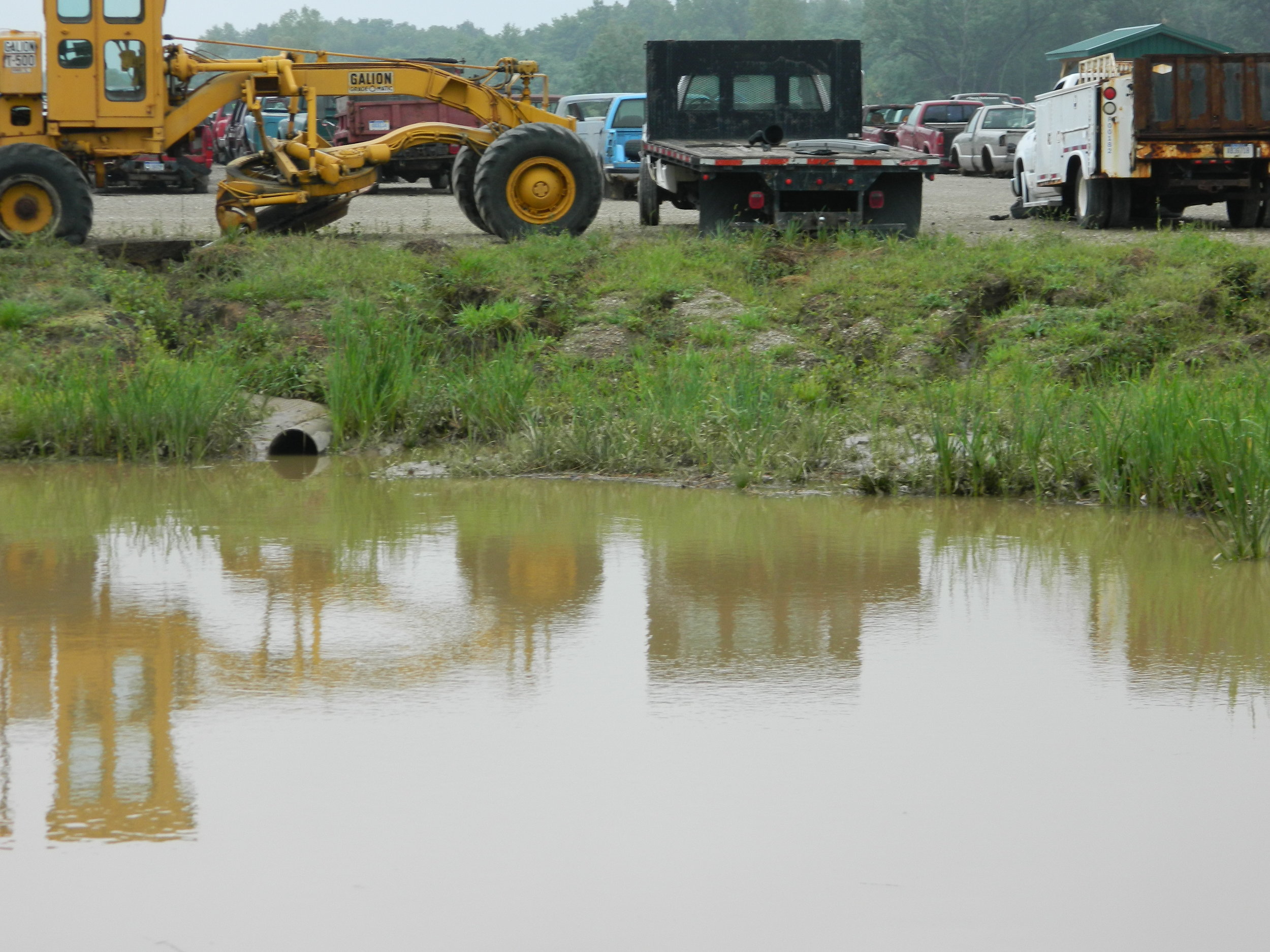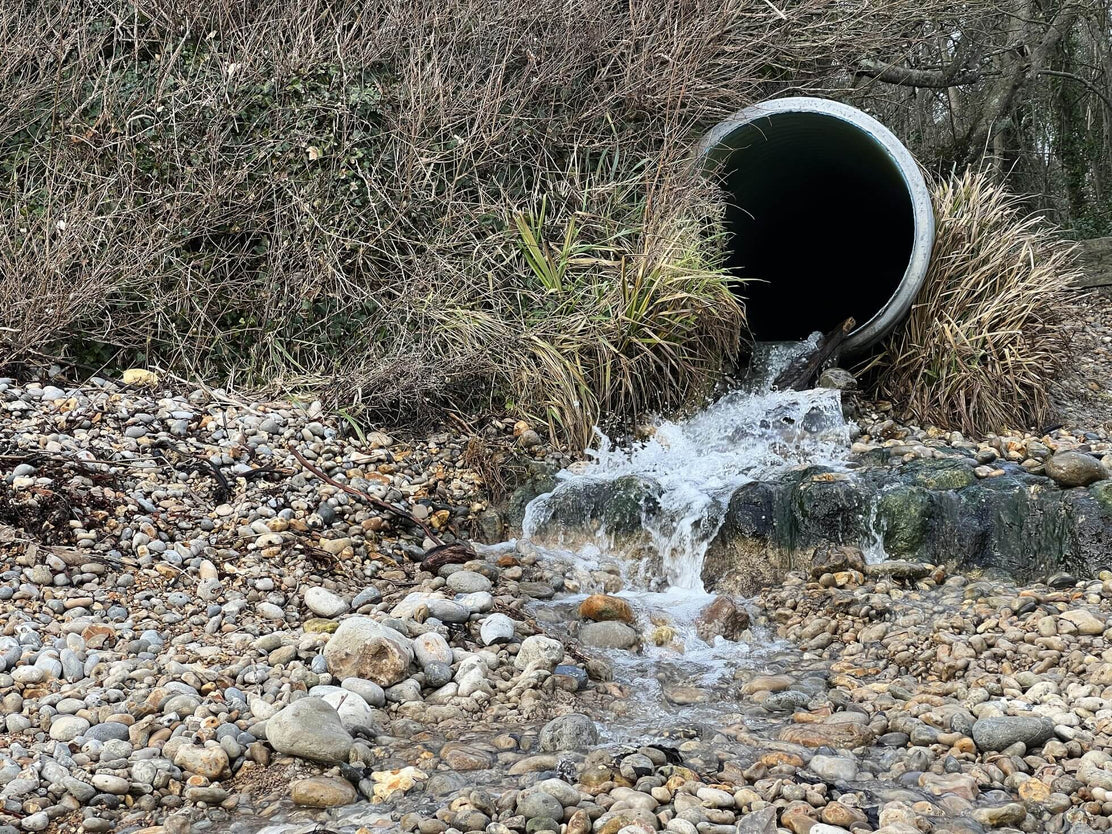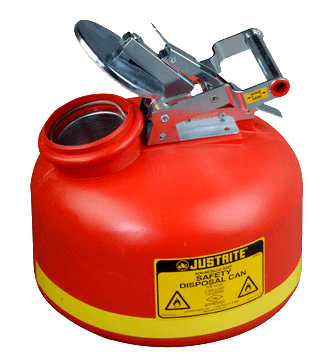Ingenious Industrial Wastewater Treatment Solutions: Securing the Environment
Ingenious Industrial Wastewater Treatment Solutions: Securing the Environment
Blog Article
Exactly How Liquid Waste Disposal Functions: An In-depth Introduction of Techniques and Technologies Used

Summary of Liquid Waste Types
The intricacy of fluid waste types requires a complete understanding of their features and effects for disposal. Fluid waste can extensively be categorized into several types, consisting of commercial, local, farming, and contaminated materials. Each classification exhibits distinct properties, calling for details administration techniques to reduce environmental and wellness threats.
Industrial fluid waste originates from manufacturing procedures and commonly includes a variety of contaminants, such as hefty metals, solvents, and natural substances. Community liquid waste, largely making up wastewater from homes and business facilities, includes raw material, nutrients, and pathogens (industrial wastewater treatment). Agricultural fluid waste, including drainage from farms, may have fertilizers, chemicals, and animal waste, posing dangers to water quality and ecosystems
Harmful liquid waste is identified by its toxicity, sensitivity, or potential to trigger harm. This classification consists of compounds like acids, bases, and particular chemicals that require rigorous handling and disposal procedures. Recognizing these diverse liquid waste types is important for establishing effective disposal methods and making certain conformity with ecological laws. Correct classification and characterization are essential for applying proper treatment strategies and lessening the unfavorable effect on public health and the setting.
Physical Therapy Methods

Testing is the preliminary step, where bigger bits and debris are gotten rid of from the fluid waste using displays or grates. In sedimentation storage tanks, much heavier particles resolve at the bottom, forming a sludge layer, while the made clear liquid can be more dealt with.
Filtration is an additional necessary technique that involves passing the fluid through permeable materials, such as sand or membranes, to catch smaller particles. This action enhances the top quality of the liquid, making it ideal for subsequent therapy processes.

Chemical Treatment Strategies
Chemical treatment strategies are necessary for effectively taking care of liquid waste, specifically in attending to liquified and colloidal pollutants that physical approaches may not appropriately remove. These strategies utilize different chemical representatives to neutralize, speed up, or change dangerous compounds right into less dangerous forms.
One typical technique is coagulation and flocculation, where chemicals such as alum or ferric chloride are included in promote the aggregation of put on hold fragments. This process improves sedimentation, permitting easier removal of the resulting sludge. Furthermore, oxidation procedures, employing agents like chlorine or ozone, are utilized to damage down complex natural substances and virus, rendering the waste much safer for discharge or further treatment.
Neutralization is an additional crucial strategy, which adjusts the pH of acidic or alkaline waste streams to neutral levels, avoiding potential harm to downstream systems and the environment. Moreover, progressed oxidation procedures (AOPs) make use of mixes of oxidants and ultraviolet light to weaken persistent pollutants, achieving a higher level of treatment effectiveness.
Organic Therapy Procedures
Organic therapy processes play a critical duty in the monitoring of fluid waste blog by making use of microbes to decay natural issue and lower impurity degrees. These processes can be broadly categorized into anaerobic and cardio therapies, each utilizing particular microbial neighborhoods to achieve effective waste degradation.
Cardio treatment entails the usage of oxygen to assist in the malfunction of organic materials by microorganisms. This procedure is frequently executed in activated sludge systems, where oygenation storage tanks offer a conducive setting for microbial development, resulting in the oxidation of organic toxins. The resultant biomass can be separated from treated effluent via sedimentation.
On the other hand, anaerobic treatment takes place in the absence of oxygen, relying upon various bacteria to damage down organic matter. This approach is especially advantageous for high-strength waste, as it creates special info biogas, a renewable power source, while reducing sludge manufacturing. Technologies such as anaerobic digesters are frequently used in community and commercial applications.
Both anaerobic and aerobic organic treatments not just reduce the environmental impact of fluid waste yet likewise promote resource recuperation, making them necessary components of lasting waste management methods. Their flexibility, effectiveness, and effectiveness sustain their prevalent implementation across numerous sectors.
Emerging Technologies in Disposal
Ingenious strategies to liquid waste disposal are quickly advancing, driven by advancements in innovation and a boosting focus on sustainability. Amongst these emerging technologies, membrane bioreactors (MBRs) have gotten grip for their capacity to incorporate organic therapy with membrane filtration, causing high-quality effluent that can be recycled in various applications. MBRs enable smaller footprints and much more effective operations compared to conventional systems.
One more appealing advancement is using anaerobic digestion integrated with nutrient healing innovations, which not only treats liquid waste but also creates biogas and recoups beneficial nutrients like nitrogen and phosphorus. This twin advantage improves resource effectiveness and decreases environmental impact.
Additionally, progressed oxidation procedures (AOPs) are being embraced for the deterioration of complex organic toxins. These techniques use powerful oxidants and stimulants to damage down pollutants at the molecular level, offering a very reliable solution for tough waste streams.
Furthermore, the integration of expert system and artificial intelligence in waste management systems is optimizing operational performance and predictive maintenance, bring about minimized costs and boosted ecological compliance. These modern technologies mirror a considerable shift in the direction of more effective and lasting liquid garbage disposal practices.
Verdict
In verdict, reliable liquid waste disposal necessitates a detailed understanding of numerous techniques and technologies. By constantly progressing these techniques, it becomes possible to deal with the expanding obstacles linked with fluid waste, ultimately contributing to environmental protection and resource healing.
Liquid waste disposal is an essential aspect of environmental management, requiring an extensive understanding of different methods and innovations customized to various waste types. Liquid waste browse around these guys can extensively be categorized into several types, including commercial, local, farming, and harmful waste. Agricultural fluid waste, consisting of overflow from farms, may contain fertilizers, pesticides, and pet waste, posturing threats to water top quality and ecological communities.
Numerous physical therapy techniques play a vital function in managing fluid waste properly - industrial wastewater treatment.In verdict, efficient liquid waste disposal necessitates a comprehensive understanding of numerous methods and innovations
Report this page